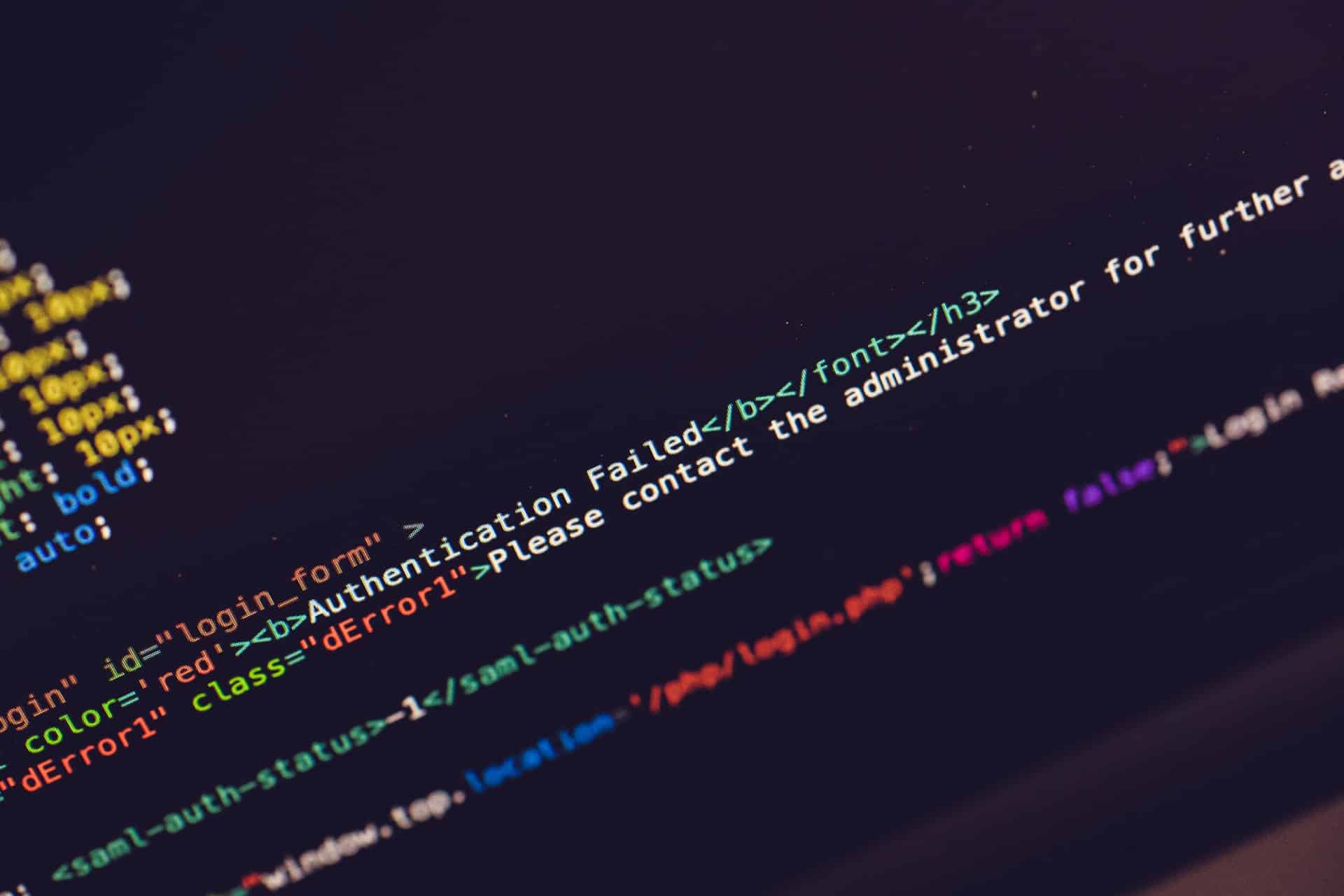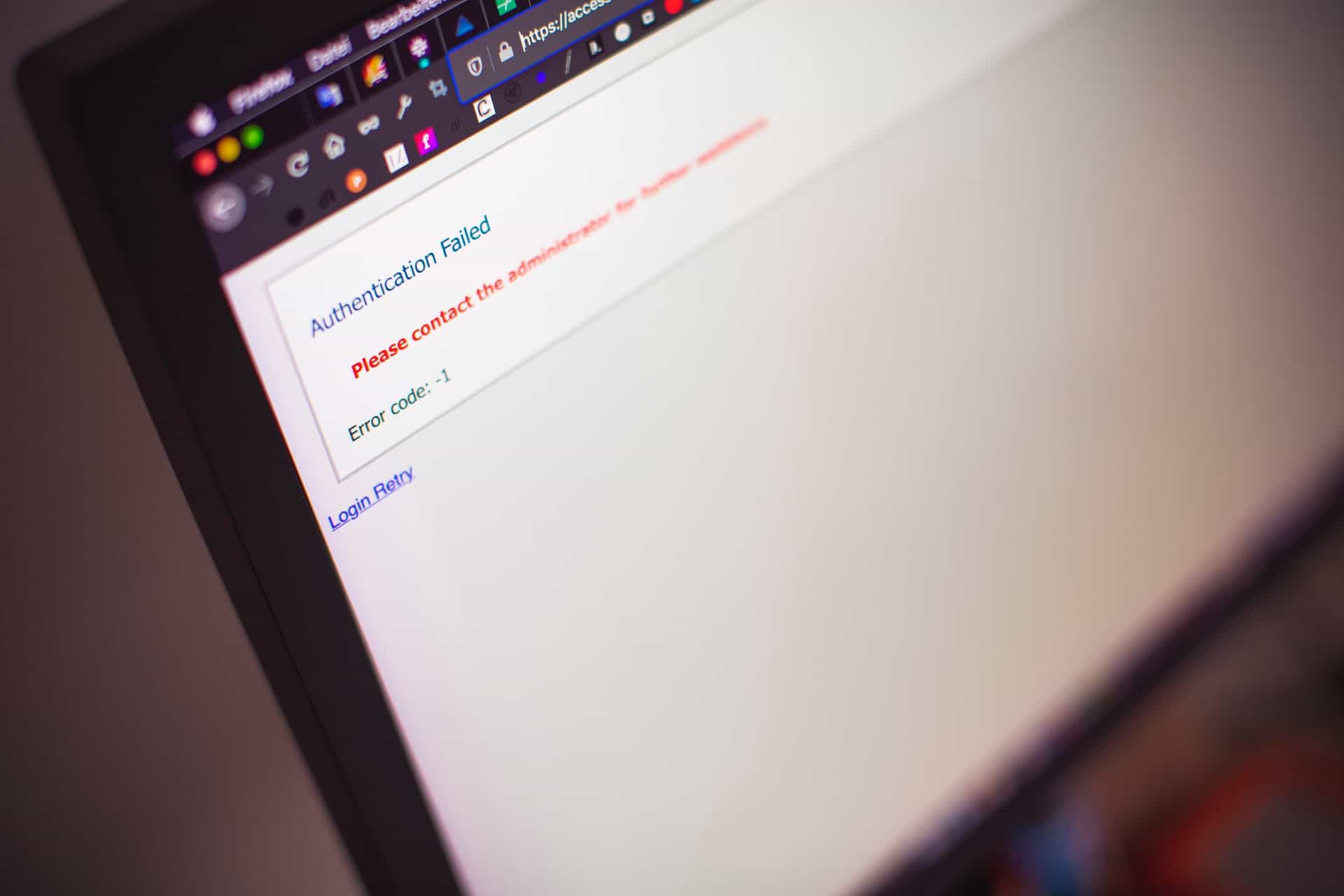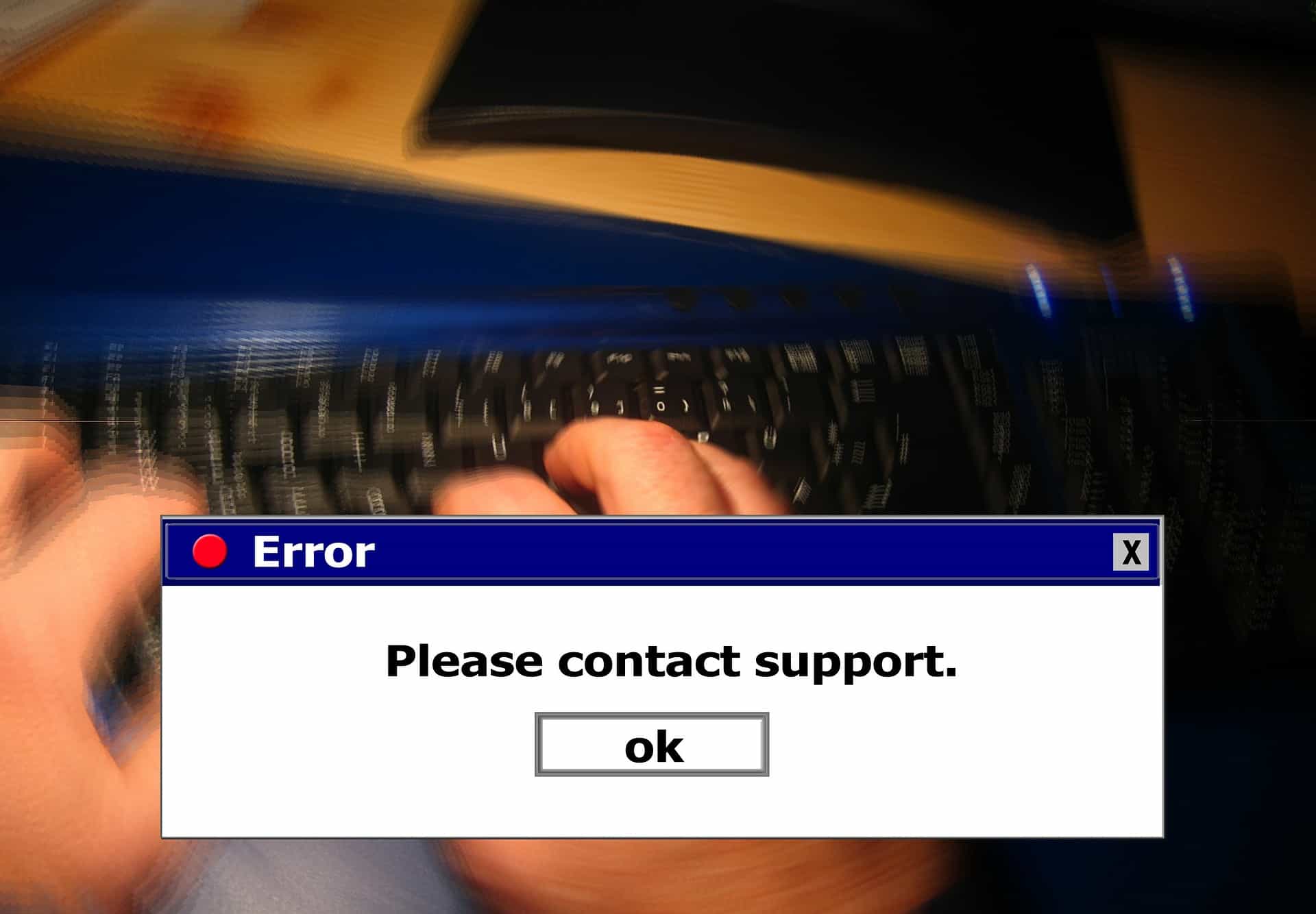We use Hypertext Transfer Protocol (HTTP) to transfer web pages and help establish communication between browsers and servers. Whenever you click on a link, your web browser places a request to your web server and waits until it receives a response code.
A 2xx Successful response code is sent back to the web page’s HTML whenever the response is successful. When the reaction is unsuccessful, you’ll encounter various error codes such as lousy gateway error and other 4xx and 5xx error codes.
In this article, you will get a chance to read about the ten most common errors and describe how they impact your website’s SEO results.
Let’s get started.
Understanding Different Website Errors

Receiving error codes is not that uncommon, and you’ll come across a few of them every once in a while. The error codes are placed into two categories, which are:
- 4xx codes – Client errors.
These errors typically occur due to having requests that cannot be fulfilled or contain improper syntax.
- 5xx codes – Server errors.
These error codes usually happen because the server fails to fulfill a valid request. Also, this error can appear due to several reasons from the server side.
10 Common Website Errors and How to Fix Them
I’ll now provide ten of the most common website errors from the client-side and server-side and include the simple solutions to fix them.
400 – Bad Request
This error message generates when the server cannot process the request due to something happening on the client’s side. The request is either incorrect or corrupted, so the server can’t comprehend it.
Also, this can happen because of plenty of reasons, such as an unstable internet connection, caching problem, a defective browser, or not sufficiently protected operating system.
To solve this problem, here are some steps you can take:
- Ensure that you typed in the correct URL.
- Clear your browser cache.
- Perform a DNS flush.
- Reduce the file upload size.
401 – Authorization Required

This error message appears when the client lacks or fails to input the valid authentication credentials to access the resource. Also, this usually occurs on websites that require you to log in before accessing them, but the authentication process fails, so the website denies your access.
Luckily, most 401 errors are easy to fix. All you need to do is:
- Check if you’re already logged in.
- Clear your browser’s cache.
- Check your logs for any errors.
- Try logging in again.
403 – Forbidden
However, this error usually will mean that you won’t need permission to request the URL. The difference between the 401 error code is that you’re authenticated but are not permitted to make the request.
However, maybe they have forbidden the request for reasons other than credentials. It can also happen when requesting a resource through a resource key.
If you’re sure that you should be allowed to enter the site, here are some steps to fix it:
- Create a clean .htaccess file.
- Momentarily deactivate your Content Delivery Network.
Because this error means that your server is working fine, and the only issue is the permission, you can always contact your hosting provider to help pinpoint the problem.
404 – Not Found

Also, this is the most common error code you’ll encounter. Essentially this means that the server couldn’t find the URL you requested. While this is a 4xx error, this can also indicate server issues.
Sometimes the API URLs change because something goes wrong in the server, but it can also happen after a version update.
To fix this error code, you can try the following steps:
- Refresh the page.
- Double-check that you typed in the correct URL.
- Clear browser cache.
- Do a DNS flush.
- Create redirects for content that moved to a different page.
408 – Request Time-Out
This error message indicates that a client has failed to make a complete request message within the given window. So the server decided to close the connection because it took too long.
Usually, it has to do with either the overloaded web server or connectivity problems. To solve this error, here are some things you can do:
- Refresh the page.
- Ensure you typed in the correct URL.
- Check whether you have an internet connection.
- Increase your server’s resources.
410 – Gone
Also, this is the permanent version of the 404 error code, meaning that not only is the resource currently unavailable, but it will continuously become unavailable in the future.
The solution to this is to find where they have moved resources by asking the website owner.
500 – Internal Server Error

This error code indicates that the server encountered a problem and therefore couldn’t finish your request. While the 500 error code can mean anything related to the server, usually, it indicates that the API server has crashed.
Try the following methods and that way resolve problems:
- Wait a while, and then refresh your page.
- Visit the leading site for any updates.
- Double-check that you input everything correctly.
502 – Bad Gateway
This error code means that the server you were using wasn’t the actual API server but a gateway server instead. The gateway server calls the API server in your name. The error code indicates potential network issues or that the API server crashed or was unavailable.
To fix this issue, you can try the following steps:
- Refresh the page.
- Ensure that you typed in the correct URL.
- Clear your browser cache.
- Do a DNS flush
- If the problem persists, contact your web hosting provider.
503 – Service Temporarily Unavailable

This error code means that the server is overloaded. There are too many API requests, and now the API can’t handle any more requests. Also, this could be because of scheduled maintenance.
This problem can easily be solved when the clients send fewer requests. Or this could mean that the API provider doesn’t have enough resources hence needing an upgrade.
If you encounter this error, try the following steps;
- Refresh your page.
- Ensure you typed in the correct URL.
- Temporarily turn off your Content Delivery Network.
- If problems persist, ask your hosting provider to see what’s wrong.
504 – Gateway Time-Out
This error code indicates that the server takes too long to process your request in the allowed period. The cause could be high network latency between the proxy and the API server.
To solve this problem, you should:
- Wait a few minutes before reloading the page.
- Check the service status page for any updates.
- If the problem persists, change your DNS servers.
How Website Errors Affect SEO Results

The 4xx error codes mean that the resources are not on the server and are therefore unavailable. However, this negatively affects SEO because Google and other search engines can’t access or index the page.
None of the page’s content will be available on search engines because they’re not accessible. Thus it completely stops both the users and search engines from seeing it, creating a bad customer experience.
The 5xx error codes are also harmful since there are issues with the server. They can negatively affect SEO results because the page can’t load for both search engines and users. Hence also creating a negative user experience.
Conclusion
As a user, you’ll often encounter website error codes as you’re browsing the internet, which can happen due to client or server-side problems.
The most common factors resulting in an error page are connectivity issues, overload of resources, or authentication issues.
Nevertheless, error codes are terrible for your website precisely because they will negatively affect your SEO results, rendering your website unavailable for both users and search engines to view.
You must fix the error codes on your website as soon as possible to avoid prolonged adverse SEO effects. Use the provided simple solutions to improve the most common website errors. Good luck!
